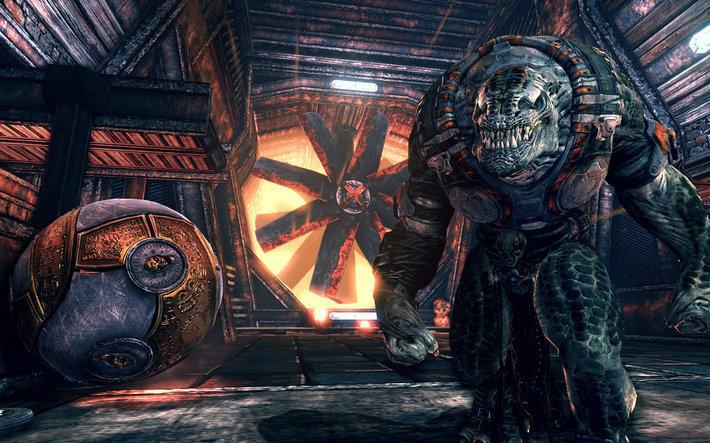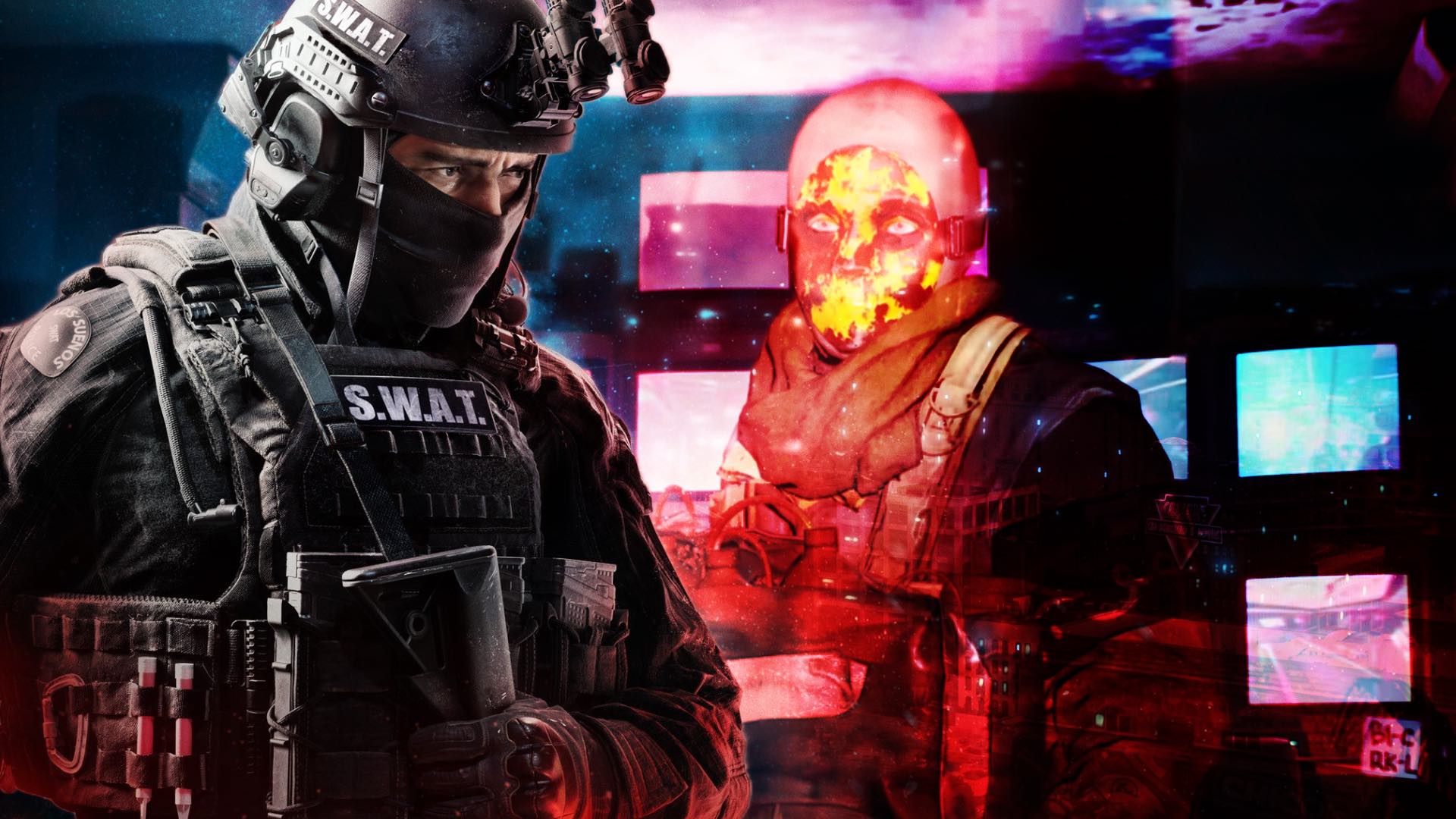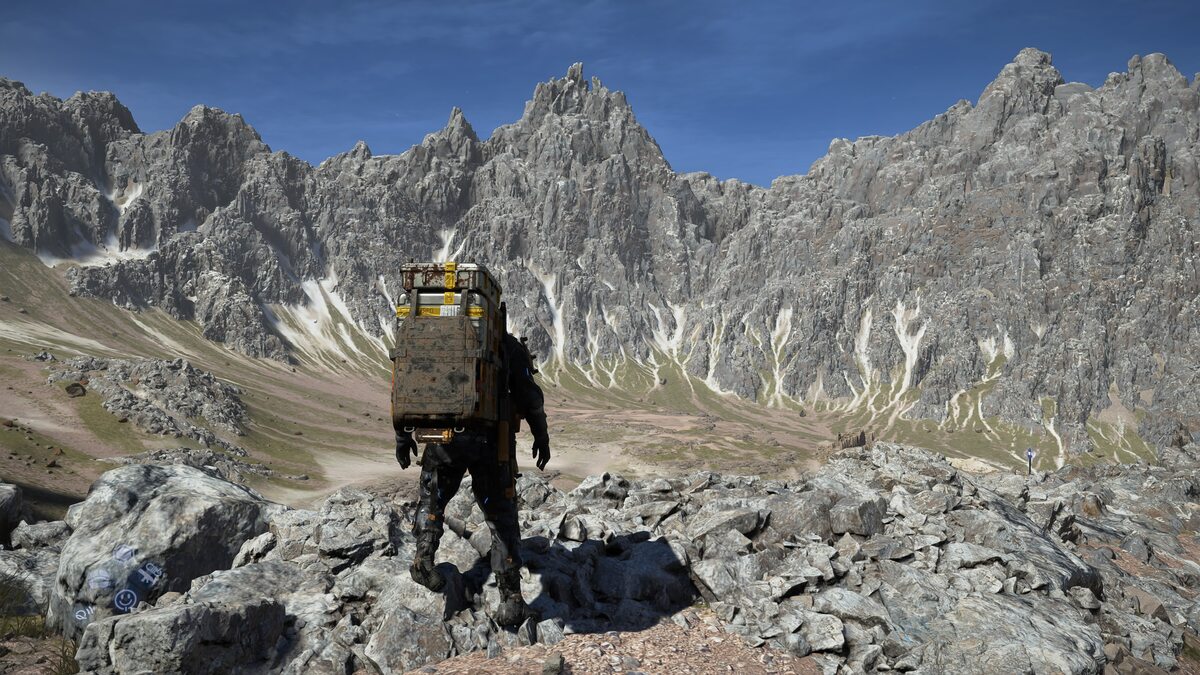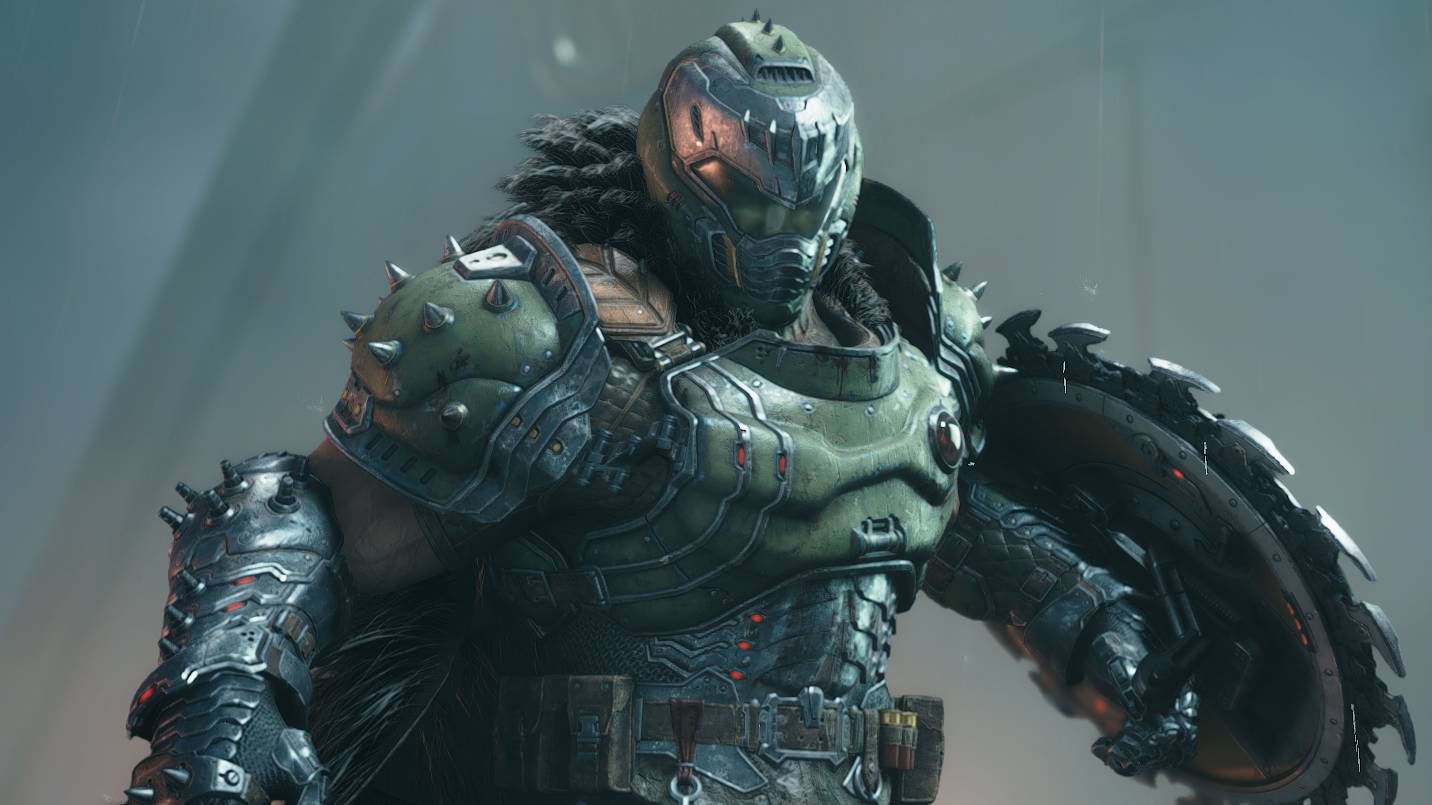You can trust VideoGamer. Our team of gaming experts spend hours testing and reviewing the latest games, to ensure you're reading the most comprehensive guide possible. Rest assured, all imagery and advice is unique and original. Check out how we test and review games here
The Ball kicks off with one of those scenarios that only ever happens in a video game. The year is 1940, and you’re on an archaeological dig halfway up the side of a Mexican volcano. You trip over the shoelaces on your explorer boots, take a 40ft tumble, and suddenly find yourself at the bottom of a deep cavern. Your buddy shouts down to you and explains that it’ll take a good day or two to fetch a winch to get you out of there. Seemingly unperturbed by this delay – or by the fact that you’re most likely a haemorrhaging, splintered-spine mess – you decide to head deeper into your rocky prison.
As you nonchalantly stroll further into the bosom of Mother Earth, you stumble across a pair of mysterious artefacts: a large sphere made of metal and stone, and a handheld piston device that acts as a mechanical hammer. Both relics seem to be the leftovers of a long-deceased Aztec community. You find that you can whack the Ball onto specially-designed switches, which in turn open the doors to a series of ominous-looking ruins. Needless to say, you and your ruptured spleen saunter right on in. Five minutes later you discover a sealed temple, and a set of hieroglyphs that warn, “Danger! Unimaginable evil inside! Do not open!” And so you crack the seal as fast as you can – because you’re a video games character, and thus an idiot.
The Ball began life as a mod for Unreal Tournament III, taking second prize in Epic’s Make Something Unreal competition, earlier this year. It’s a first-person puzzle game that loosely aspires to follow in Portal’s footsteps, albeit with an Indiana Jones-style bent. Clicking and holding the right mouse button will magically draw the Ball towards you, while the left button sends it rolling across the landscape at speed – triggering pressure pads, and crushing the mummy-like enemies who haunt the Aztec tombs. The puzzles start out simple enough, but before long you and your spherical buddy will be negotiating all manner of pointy deathtraps, flooding chambers, and pits of fiery lava death.
Though it goes without saying, Teotl Studios’ game falls quite a bit short when compared with the magnificence of Valve’s classic. Leaving aside its flashier and more innovative achievements, Portal reaped great rewards from the elegant simplicity of its design: no matter how complicated the situation appeared to be, the solution always lay with your twin gateways, and your own two feet – and all of three tools were available to you at any given moment. In The Ball, you’re always mindful of the fact that you can’t stray too far from your all-important globe. Even when you’re not tossing your orb about for the sake of hitting a switch or solving some other puzzle, you’ll have to be dragging it to the next part of the level. Admittedly, the right mouse button’s attract-o-powers make it very easy to do this, but occasionally you’ll still feel that it’s a slight burden – as if you’ve taken your wheelie suitcase around a military assault course.
Part of the problem lies with the Ball itself. The physics that govern its movements are solid enough for the puzzles to work, but you never feel that the sphere has any real weight. It moves a little too quickly, and there’s not enough consistency to its impact on other objects: some wooden barriers shatter into splinters under its impact, while others – the beams that are intended to block your progress – remain unscathed, even if you roll into them repeatedly. Obviously it would be a bit stupid if you could just bulldozer your way through any obstruction, but equally it would have been nice if Teotl had done more to hide such mechanics. As a result of the “light” movement and inconsistent reactions of the game world, the Ball ultimately feels like something you might take to the beach, rather than a rolling globe of mystic power.
Combat is another area where the game staggers, forcing you to deal with hordes of angry mummies, insects and other strange creatures. Some foes launch projectiles at you while others simply try to rush you, but either way you’ll usually end up strafing about in circles, hurling the ball out and hurriedly retrieving it in yo-yo fashion. It’s certainly quite unusual, and there’s something quite gratifying about the old-school way your opponents gib apart as you hit them, but on the whole combat just serves as a slightly annoying diversion from the meat of the game.
Thankfully, the meat in question is quite a decent cut. There’s no denying that the 5-6 hour campaign takes a while to get going, but once its found momentum the puzzles are generally quite fun. There’s nothing as ingenious or as mind-bending as the later stages of Portal, but there’s a decent spread of variety to the challenges. Some situations test your platforming skills, while others probe your logic or force you to search for hidden switches or destructible scenery. If you get stuck you can summon a (usually) helpful solution by tapping the H key, but in all likelihood you’ll strive to avoid this crutch. It’s far better to persevere, as there’s great satisfaction to be had from solving the harder scenarios. In victory, the millstone ceases to be a millstone around your neck, and instead becomes a trophy of sorts – a spherical prize to be rolled gleefully through a recently-opened gate.
As you’d expect from a smaller title such as this, The Ball’s graphics are a bit dated, lacking much of the visual pizzazz you’d expect in a contemporary first-person title. That said, the game is not without its occasional subtle detail: as you move around the long-forgotten tombs you’ll leave dusty footprints in your wake, and if you pass through a spider web your screen will be temporarily obscured by a flurry of insect silhouettes. Teotl has also put a fair bit of effort into the atmosphere of its subterranean world. Hidden collectible tablets tell the story of the doomed civilization that now lies as rubble beneath your feet, and every so often you’ll come across a sight that brings the original Tomb Raider to mind – an immense temple looming out of the darkness, or a hulking mess of arcane machinery. Although brief, these fleeting sparks of excitement are enough to give the game a bit of much needed-spice.
In addition to the main campaign there’s also a survival mode, pitting you against waves of enemies in a selection of trap-filled arenas. It’s fun enough for a few minute’s distraction, but it’s unlikely to hold your attention for very long. Still, the main game is decent while it lasts – and although that only amounts to a couple of afternoon’s worth of play (or one, if you’re a jobless student), that’s not a bad deal for the budget price of £15. The Ball won’t lure many people away from the triple-A hits of the year, but if you’re in the market for a spot of first-person puzzling, it’s well worth the entry fee.
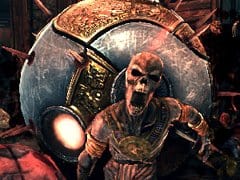
/https://oimg.videogamer.com/images/3422/the_ball_44.jpg)
